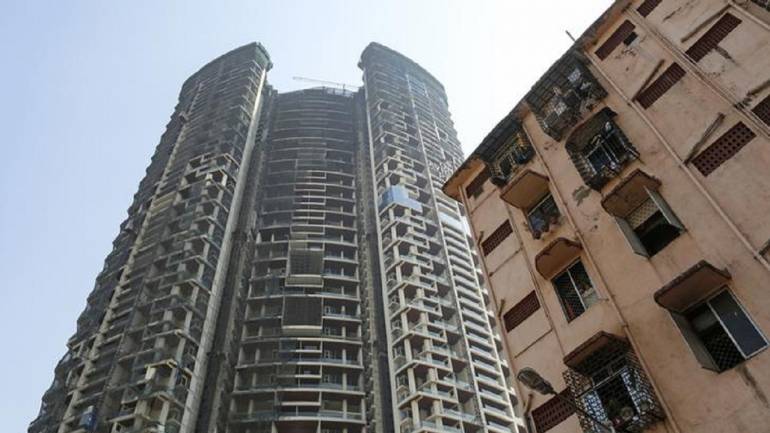The NBFC crisis did impact the real estate sector albeit selectively and the most challenging phase of the crisis seems to now be over. It should therefore mean a gradual recovery for both NBFCs and real estate sector
Arvind Nandan
Moneycontrol Contributor
In light of the recent non-banking financial company (NBFC) crisis triggered by the news of IL&FS’ debt pile, developer finance is facing strong headwinds. When building projects, developers largely depend on lending institutions for their funding needs.
Debt financing options for developers are limited and they include the good old banking system, NBFCs, and HFCs. Further, developer finance or debt finance is a function of two parameters: the quantum of capital and cost of capital.
Both parameters play a significant role in determining the credit supply available to developers. However, unlike the simple demand-supply economics, developer finance is more of a supply-centric game. This is because developer demand for credit rarely falters but lenders supplying credit are susceptible to market vulnerabilities. Any turmoil for the lenders will snowball into a bigger turmoil for developers and the real estate sector as a whole. With the recent NBFC liquidity squeeze, this is exactly what seems to have happened.
Traditionally, banks have been the primary financiers for developers. Post the NPA crisis, however, there was a significant fall in the number of loans as well as the quantum of loans extended by banks to developers. However, this gap was almost instantaneously filled in by NBFCs and HFCs and in the last 5-6 years, these institutions have aggressively lent to the real estate sector.
NBFC exposure to the real estate sector has more than quadrupled from Rs 0.4 trillion in the financial year 2010 to over Rs 2.2 trillion in the financial year 2018. From the financial year 2016 to the financial year 2017 alone, NBFC credit to commercial real estate jumped from Rs 566 billion to Rs 958 billion as per the RBI.
NBFCs funded developers by raising capital from banks and mutual funds. After defaults by IL&FS and the alarming sale of Rs 300 crore worth DHFL commercial papers at higher yields by DSP Mutual Fund, markets became wary of a possible NPA crisis in NBFCs as well. Banks reacted by tightening lending to NBFCs which in turn squeezed the lending capacity of NBFCs and therefore impacted capital flow to the real estate sector. Not only did developer finance take a hit but home loans were also impacted.
An impact analysis brings to light the following real estate sector vulnerabilities: credit shortage would mean no funds for developers to invest in their on-going projects or launch new ones. This would inevitably result in project delays and reduce new supply in the market. Project delays would attract penalties from RERA, further pinching the financially starved developer. Low home loan disbursals would mean low sales which would mean more inventory for developers. In the face of such adversities, developers might be forced to resort to measures like borrowing from PEs at higher interest rates or reducing prices to offload inventory and generate cashflows or diluting equity by bringing in a partner. All in all, these are testing times for developers as well as the real estate sector.
Going forward, though the situation looks bleak for developers and for the real estate sector, it is important to note that worst of the NBFC crisis seems to be over. As indicated by RBI deputy governor Viral Acharya during the fifth monetary policy review press conference, there is no crisis like situation in the economy that warrants the need of a capital infusion by the central bank. The credit crunch is temporary, and the market is already correcting by lending only to creditworthy borrowers. Also, the business of bigger NBFC players seems to have been unaffected as they continue to lend aggressively.
As far as the real estate sector is concerned, the impact on developers as well as home buyers has not been uniform across markets. Stakeholders in cities like Mumbai have taken a hit as they rely on NBFCs significantly more than those in cities like Chennai and Pune that haven’t seen much of an impact.
In conclusion, the NBFC crisis did impact the real estate sector albeit selectively and the most challenging phase of the crisis seems to now be over. It should therefore mean a gradual recovery for both NBFCs and real estate sector. However, uncertainty in the upcoming elections could present a new challenge for the developers and stall this much-awaited recovery.
The author is an executive director - Research, Knight Frank India with inputs by Pradnya Nerkar, associate consultant - Research, Knight Frank India. Views are personal.















